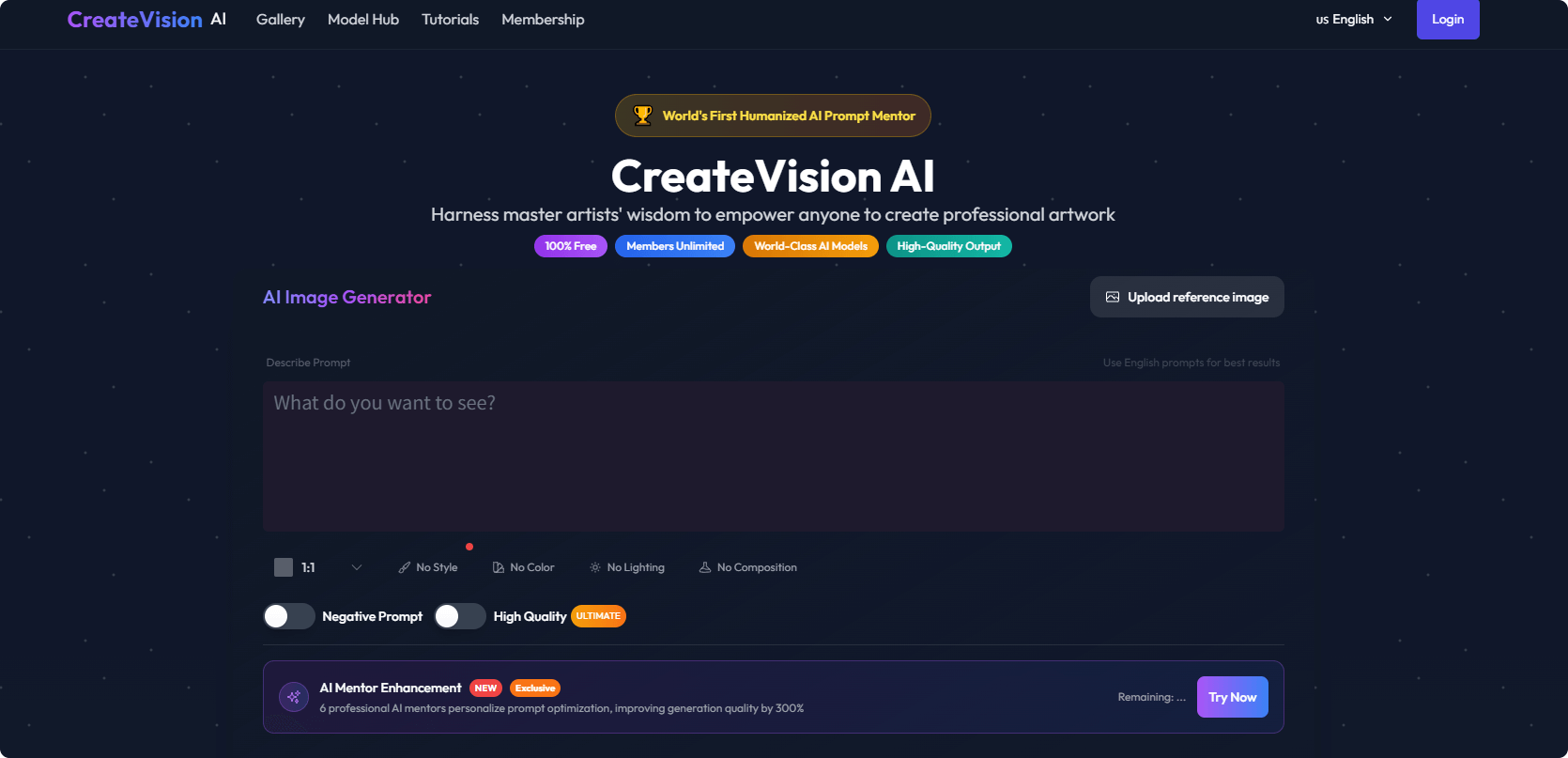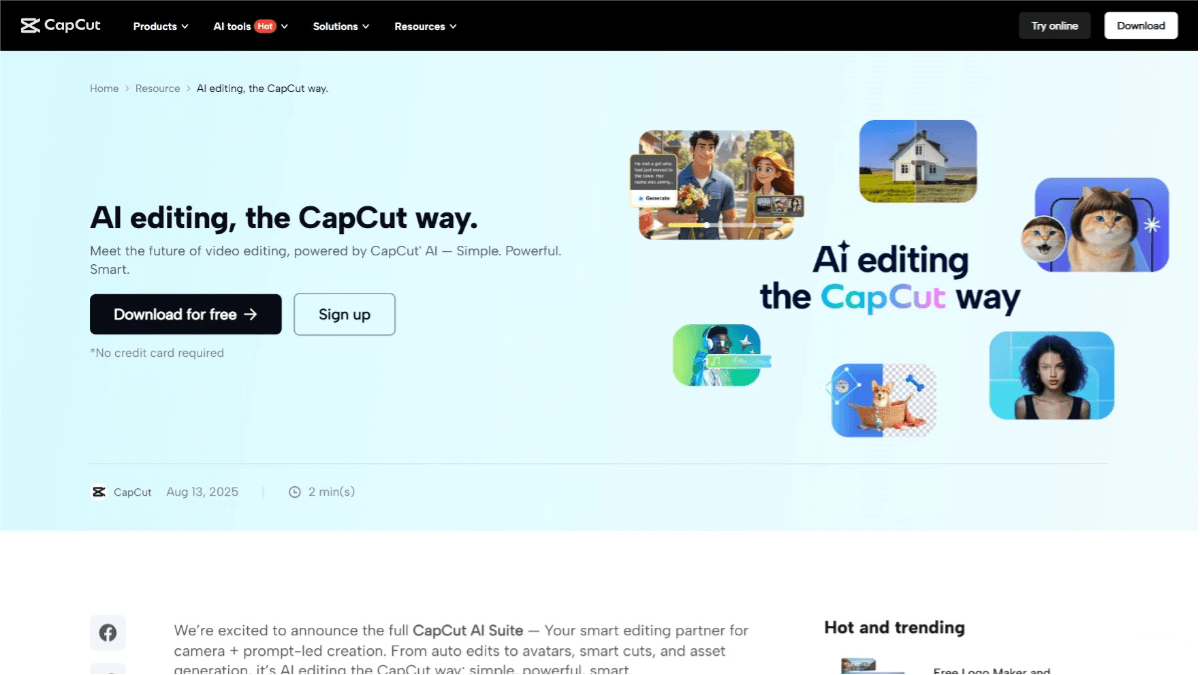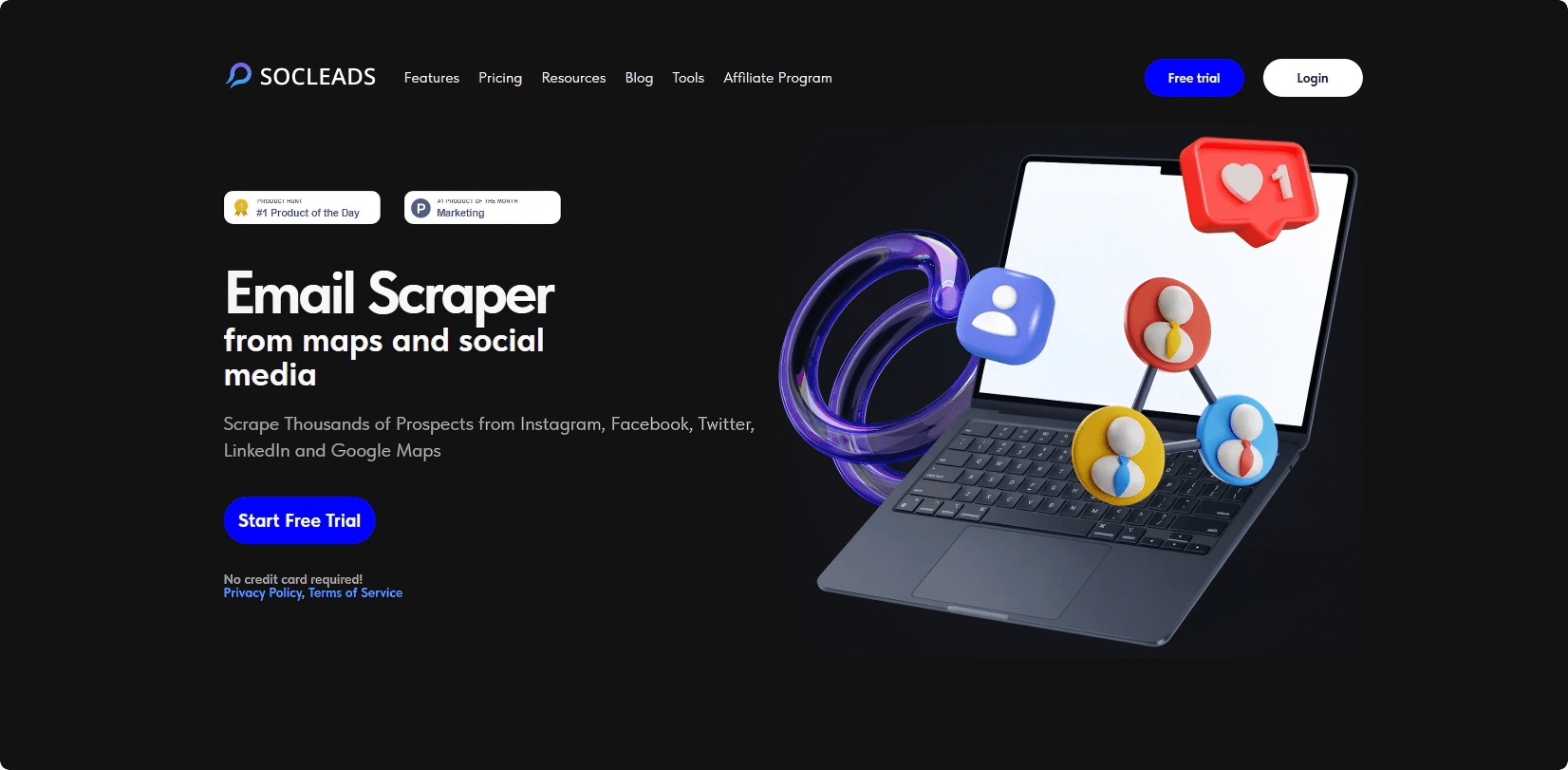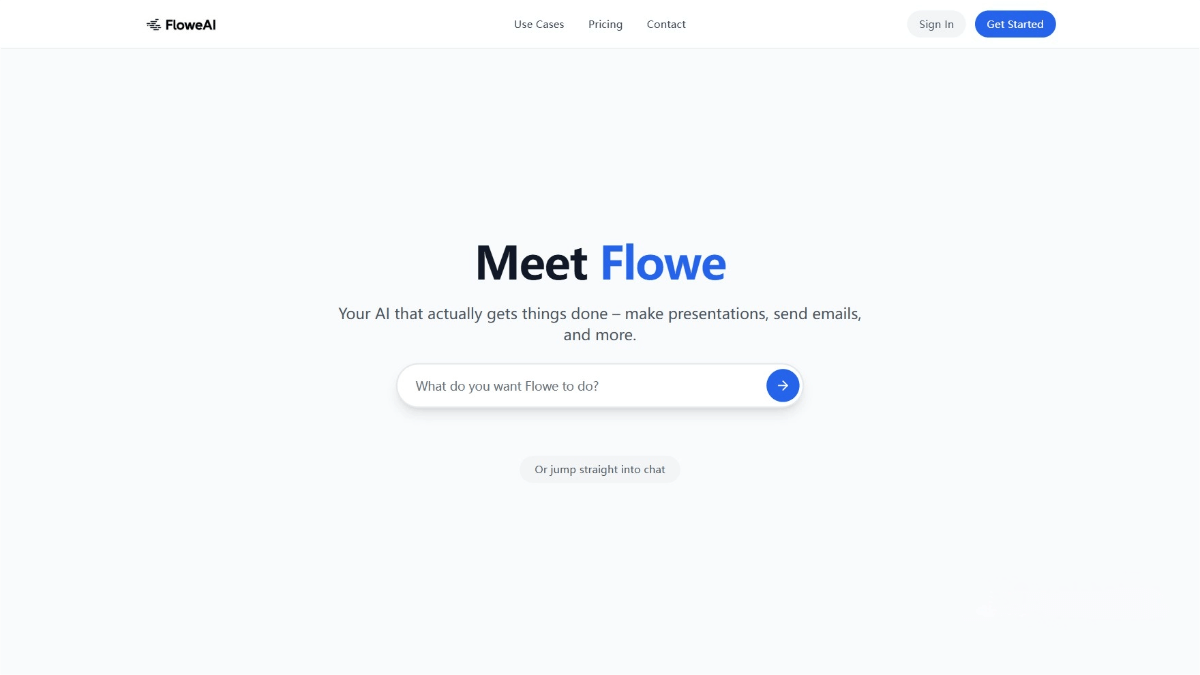Can natural language also query databases? SQL Chat is really interesting.
Databases can be a real headache for many people. Either the interface is complicated or a bunch of SQL statements are simply mind-boggling. Traditional tools like DBeaver and phpMyAdmin are just nightmares for beginners. However, recently, an open-source tool called SQL Chat has become popular because it turns database operations into “talking with your mouth”.
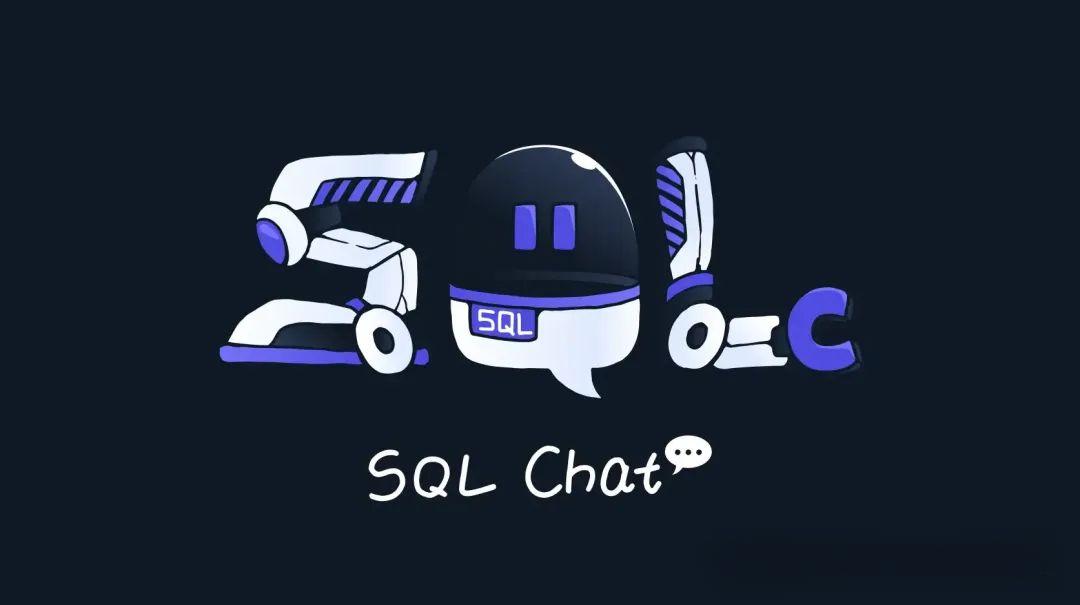
This is not a chat software, but a database assistant.
What SQL Chat does is simple – you ask questions in natural language, and it automatically generates SQL statements for you to query, modify, insert, or delete data. It’s just like this:
“Help me find the users in the user table who registered more than 30 days ago.”
It will give it to you in a second:
SELECT * FROM users WHERE registration_date < NOW() - INTERVAL 30 DAY;
Isn’t it interesting? You can play with databases without learning SQL. Who still flips through SQL manuals and studies grammar every day? Just speak plain language, and it will understand. This is the real “painless operation”.
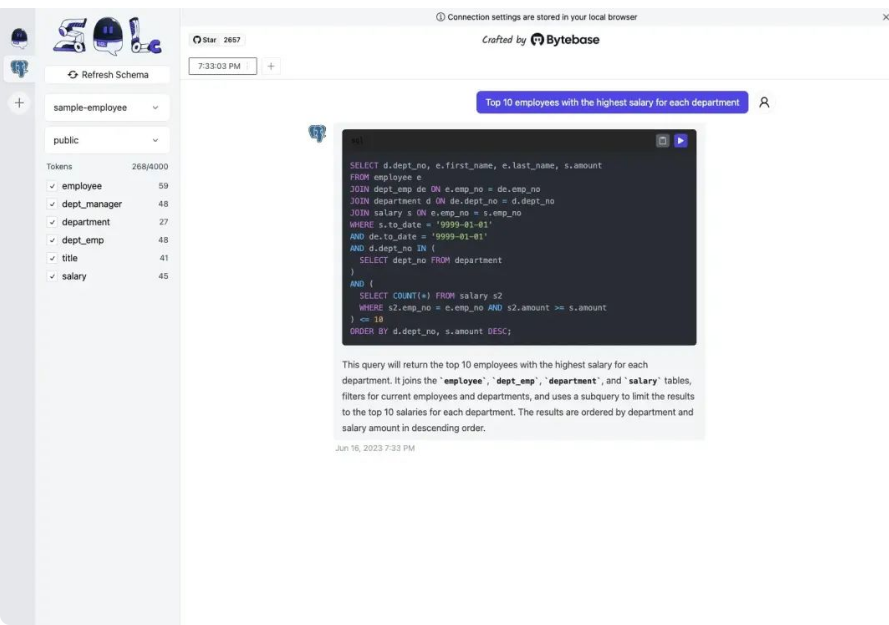
What databases can it be connected to? How about its compatibility?
Don’t be deceived by the fact that it is an open source project. It supports quite a number of databases, including MySQL, MSSQL, TiDB Cloud, etc. It can connect to basically all the mainstream databases used in daily work.
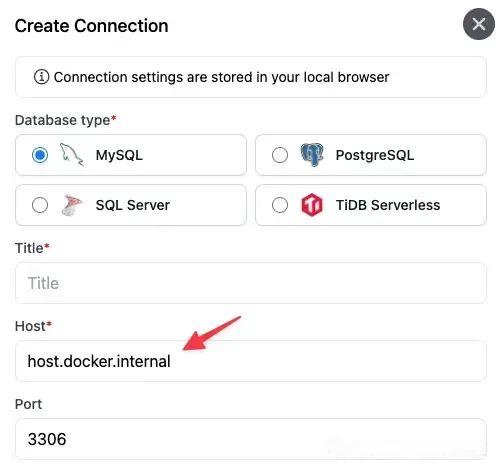
Take MySQL as an example. After connecting, you can directly ask it:
Let’s take a look at what fields are in the “employee” table.
Add a piece of data. The name is Blake and the salary is 8,000.
It can immediately handle SQL and generate statements that are not only correct, but also automatically complete field names and syntax. You won’t make mistakes even if you type carelessly.
Installation and deployment are not complicated.
Don’t be intimidated by the word “deployment”. Actually, it only takes a few steps.
- Clone the project from GitHub.
- Create a MySQL instance and build a database.
- Configure the environment variables and fill in your OpenAI API Key.
- Run “pnpm i” to install dependencies.
- Then run `npm run dev` and it will be ready to use.
Commands like the following are practical operations.
git clone https://github.com/sqlchat/sqlchat cd sqlchat pnpm i pnpm prisma generate cp .env.usedb .env npm run dev
After deployment, you can use it directly in the browser without installing the client. It supports various platforms such as Windows, macOS, and Linux. If you like to tinker with Docker, it also supports container deployment and is just as stable.
Data security has also been taken into consideration.
What do enterprise users care about most? Undoubtedly, it’s security. SQL Chat supports self-hosting. In other words, your data remains entirely on your own server, and OpenAI cannot access any of it. As long as you configure your key in the .env file and use your own API interface, you can use it with complete peace of mind.
Like this configuration:
OPENAI_API_KEY=your-openai-api-key-here NEXT_PUBLIC_ALLOW_SELF_OPENAI_KEY=true
Get it done, and the whole service will be running on your own. The data comes and goes in your own backyard.
More than just writing SQL, it can also export historical records.
Besides being able to write SQL, it also remembers what you did before. It has a query history. If you want to look up previous data requests’s no need to rewrite them. The results can also be exported, such as in CSV format. It only takes one click to get it done.
It also takes care of all these experience details, such as automatic code completion and syntax highlighting. Its usage is almost the same as that of an IDE, but it is faster and more lightweight than an IDE. It is especially suitable for data analysts and product managers who are not familiar with SQL.
Let’s take a practical example to feel it.
Suppose you are working on the HR backend of a company, and the boss suddenly asks you to list all the employees who joined in the past 30 days. Previously, you would have to open DBeaver, connect to the database, check the table structure, write SQL queries, and worry about making syntax errors.
Now you can directly say to SQL Chat:
“Check the employees who joined in the last 30 days from the employee table.”
It instantly generates SQL. Just click “Run SQL” and the results will be displayed right away. No more worrying about sudden challenges from the boss, no more fear of writing incorrect WHERE conditions, and no more concerns about suboptimal SQL optimization.
Isn’t it just “chatting + SQL”? But it’s just great.
What makes this tool truly appealing is its “simplicity” – simple to operate, easy to deploy, and no need to learn any syntax. It’s no exaggeration to say that even if you only know Excel, you can use it to query databases. The natural language approach is inherently much friendlier than command lines, making it especially suitable for those who don’t write code but still need to work with data.
Will such tools become mainstream in the future? I think it’s quite likely. AI capabilities are getting stronger and stronger. Projects like SQL Chat are like little assistants that don’t take away jobs but actually can be quite helpful.
GitHub project address:https://github.com/sqlchat/sqlchat
Anyway, if you also find writing SQL too difficult, feel free to give SQL Chat a try. It’s truly a brand-new experience of “talking without typing”. No matter how skilled you are, a smart tool can always outperform. Isn’t it time-saving and effortless?
Related Posts

